Recovery-related messaging and its associated iconography on packaging, such as "please recycle" and "100% recyclable," give the erroneous impression that a package can be recycled everywhere.
The Packaging Recovery Label System was initiated by GreenBlue's Sustainable Packaging Coalition to address these issues, and to:
* Reduce confusion by creating a clear, well-understood, and harmonized label that enables industry to convey to consumers how to recycle a package after its use.
* Improve the reliability, completeness, and transparency of recyclability claims through a nationally relevant data set on access to recycling for all packaging materials and forms.
* Provide incentive for industry to participate in a pre-competitive labeling initiative that follows FTC Green Guides.
We have soft launched the Label System! This includes:
* On-package labeling.
* Consumer and other stakeholder education via the How2recycle.info website, to include a consumer survey.
* Education and feedback via select municipalities, recyclers, and brand owners.
* Evaluation of the business model.
See a new Label Designs proposal (NOT for download or use without permission):
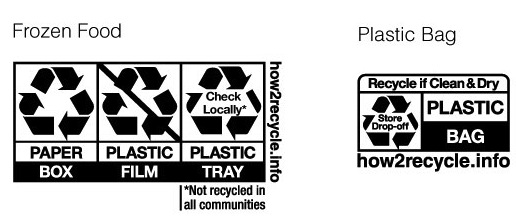
The Key Components of the Project are:
* A label design for on-package recyclability labeling by component.
* A "Store Drop-off" label for plastic bags and films collected at retail.
* A data collection effort to consolidate “reach”—community access to recycling--data and related information.
* A how2recycle.info reference website with tools on how to Check Locally.
The Labeling Project Has Included the Following Work:
* Research into the regulatory framework regarding on-package labeling for recovery and recycling.
* Inventory of global recovery examples and material-related labeling.
* Inventory of data related to reach—the percentage of the population having access to recycling certain materials and package formats.
* Stakeholder engagement (e.g. consumers, other NGOs, Federal, state and local government, recyclers, material trade organizations).
* Consumer feedback qualitative and quantitative testing on label designs, to include iconography and language.
For further information visit http://www.how2recycle.info/
[ add comment ] ( 55 views ) | permalink |




 ( 3 / 2740 )
( 3 / 2740 )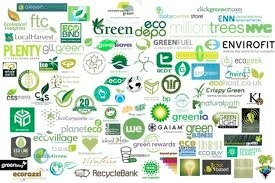
Vendo 100 marchi ‘ecologici’ , telefonare ore pasti
di Giulio Ghisolfi
La sostenibilità sembra più un etichettificio che una cosa seria: se non si mette ordine e non si abbassa la febbre da logo, si scade nel ridicolo.
Immaginate che la sostenibilità sia un oceano e che in questa landa siano disseminate decine di arcipelaghi, composti a loro volta da centinaia di atolli. Ogni atollo è un marchio di qualità sostenibile o ecologico. Siete naufraghi e, stanchi di navigare, vorreste approdare su un’isola: quale scegliereste? Perché sono così tanti? Vi sono norme e regolamenti, nazionali e internazionali, che identifichino quelli corretti e importanti e regolino la loro proliferazione? E soprattutto, perché tutti continuano a produrne di nuovi? Sono così necessari? Sono efficaci?
Simboli muti
Sospendiamo per un attimo le domande sulla quantità e puntiamo alla qualità: capire il significato di uno solo è già un’impresa nell’impresa per gli addetti ai lavori, figuriamoci per il consumatore finale. Un’inchiesta condotta nel 2005 dalle associazioni europee dei consumatori evidenziava proprio la difficoltà di interpretare i simboli (molti criptici e incomprensibili), di sapere se i marchi sono volontari od obbligatori e, soprattutto, di valutare validità e utilità.
Per di più, la quantità elevata au-menta le difficoltà di comprensione: i loghi di tipo ambientale, insieme a quelli relativi alla sicurezza, al settore tessile e alimentare, sono oggi, solo in Italia, più di 100.
Basta interrogare un motore di ricerca al menù ‘immagini’ usando come paro la chiave ‘loghi ambientali’ oppure ‘loghi sostenibilità’ ed ecco apparire centinaia di marchi simili ma differenti per grafica, colore e linguaggio segnico; si capisce che non sono normalizzati, che vengono utilizzati spesso inopportunamente, senza alcun tipo di controllo e reale corrispondenza a dati verificabili, sulle confezioni di vari prodotti di largo consumo commercializzati liberamente sul mercato nazionale e internazionale.
Interessi oscuri?
La domanda è ‘com’è possibile che in una nuova materia così importante ci sia così tanta anarchia? E soprattutto, come mai è così difficile sapere chi se ne deve/dovrebbe effettivamente occupare?’
La risposta sorprendente è che nessuno lo sa con certezza o meglio: nessuno vuole apparentemente regolamentarli, normalizzarli e controllarne la veridicità secondo norme, regole e principi universalmente condivisi.
Di solito un marchio di qualità, dopo la sua registrazione, viene protetto e controllato da un ente emanatore; questi, prima di consentirne l’applicazione sulla confezione, verifica dalla documentazione in possesso che effettivamente rispetti i principi regolamentati dalla relativa normativa e/o dalla disposizione.
Incredibile ma vero, ho cercato invano di sapere chi sono gli enti preposti, ma nella maggior parte dei casi non ci sono o non si sa chi siano!
Pensavo che, almeno per quanto riguarda i marchi che devono identificare la sostenibilità e la gestione a fine vita degli imballaggi, fosse il CONAI e/o i singoli consorzi di filiera che lo costituiscono (COREPLA, COREVE, COMIECO, CIAL, CNA, RILEGNO) a doverli rilasciare e gestirli, anche perché è loro preciso interesse gestire la raccolta e lo smaltimento a fine del ciclo, ma a quanto pare non è affatto così.
I marchi ecologici, o etichette ambientali, applicati sulle confezioni relativamente al materiale da imballaggio non possono essere lasciati al caso e sono uno strumento indispensabile per poter indirizzare correttamente le scelte dei consumatori finali, che possono così diventare consapevoli protagonisti e contribuire alla salvaguardia dell’ambiente in modo attivo e concreto.

Tre grandi famiglie, no: due!
I marchi/etichette ecologiche si possono suddividere sostanzialmente in tre grandi categorie: obbligatori, volontari (comprese le autodichiarazioni) e quelli di fantasia. Con mia grande sorpresa, ho scoperto che non vi sono etichette ambientali obbligatorie.
Speravo almeno che l’Ecolabel, la cosiddetta ‘margherita europea’, aiutasse imprese e cittadini a chiarirsi le idee sugli aspetti ambientali dell’imballaggio: non solo non è obbligatorio, ma non prevede nemmeno obbligatoriamente che le imprese dimostrino miglioramenti ambientali
sul packaging. Quindi, relativamente al nostro campo d’intervento, questo marchio è doppiamente inutile.
Invece, per quanto riguarda la categoria marchi ed etichette ecologiche volontari, ne troviamo alcuni molto conosciuti e diffusi, ma a mio avviso fondamentalmente inutili.

Simbolo internazionale dei materiali riciclabili
Sicuramente il logo più diffuso e conosciuto a livello planetario, quando si parla d’imballaggi, ma allo stesso tempo forse il più misterioso, incomprensibile e inutile, è quello relativo all’indicazione che un manufatto è riciclabile oppure contiene materiale da riciclo: è il cosiddetto ‘ciclo di Mobius’, usato spesso impropriamente quando all’interno vengono inserite sigle identificative dei materiali. Se privo di indicazioni, dichiara che il contenitore è riciclabile. Se all’interno del triangolo è riportata una percentuale, si vuole indicare la quantità di materiale riciclato che è stata usata per realizzare il prodotto, ma qui si crea confusione con la prima versione: insomma, questo simbolo significa riciclabile o riciclato? Come si fa a usare la stessa grafica per indicare due caratteristiche così differenti? La presenza di questo logo sul prodotto indica solo un dato tecnico, industriale, non un valore di sostenibilità.
Per esempio, se il PET di riciclo viene da 3mila km di distanza dallo stabilimento di produ
zione delle preforme? Se il materiale di riciclo viene da processi di trattamento non conformi? Di obiezioni ce n’è per così, questo marchio non dice un granché.
Non dice neanche chi controlla questa asserzione!

Simbolo contro il ‘littering’
Il famoso pittogramma del cestino con l’omino che getta dentro qualcosa è universalmente diffuso.
La sua funzione è ricordare un obbligo di legge: vietato abbandonare nell’ambiente, ma riporlo in contenitori appositi, che non sono necessariamente per la raccolta differenziata, però. Tuttavia, c’è da chiedersi se nel 2012 si debba ancora indicarlo.
Non serve a niente e ruba spazio a indicazioni più utili.

Il Punto Verde
In tedesco Der Grüne Punkt, è un logo utilizzato per individuare un particolare sistema per lo smaltimento degli imballaggi dei beni di consumo. Il simbolo è composto da due frecce intrecciate tra loro che for-mano un cerchio. Il Punto Verde individua chi si occupa della raccolta e dello smaltimento del rifiuto, mentre non specifica niente riguardo alla riciclabilità del prodotto o alla presenza di materiale riciclabile.
Il simbolo è stato introdotto inGermania nell’oramai lontano 1991 dalla Duales System Deutschland GmbH (DSD) a seguito dell’introduzione di una normativa sui rifiuti che imponeva ai fabbricanti di occuparsi anche dello smaltimento finale dei propri prodotti.
Per aiutare i produttori a rispettare la norma è nato perciò un sistema di raccolta dei rifiuti privato, parallelo a quello pubblico, destinato a raccogliere e a smaltire i prodotti delle aziende aderenti a esso.
Queste ultime appongono quindi “Il Punto Verde” sui propri prodotti in modo da far sapere al cliente finale che la confezione sarà raccolta e smaltita dal sistema DSD (ad esempio, tramite gli appositi cassonetti). Il sistema del Punto Verde riguarda anche i produttori esteri ed è per questo motivo che lo si conosce anche in Italia. La legge tedesca sui rifiuti prevede infatti che per i prodotti importati da stati europei, l’importatore e il fabbricante straniero siano entrambi responsabili dello smaltimento dei rifiuti connessi. I produttori esteri possono quindi aderire anch’essi al sistema. Dalla Germania questo sistema di raccolta dei rifiuti si è poi esteso ad altri 32 Paesi (tutti i Paesi dell’Unione Euro-pea esclusa la Danimarca; in più Norvegia, Islanda, Ucraina, Croazia, Serbia, Turchia e Canada) per mezzo della società PRO Europe (Packaging Recovery Organisation Europe), a cui la DSD tedesca ha concesso l’uso del marchio nel 1995.
Questo logo in realtà non significa nulla per il consumatore: non indica necessariamente né un prodotto riciclabile né riciclato. Siamo arrivati a 3 marchi (4 se per caso il prodotto ha l’Ecolabel) e li potete tranquillamente trovare tutti riprodotti su una singola confezione. Però, non abbiamo ancora capito cosa dobbiamo o possiamo fare a fine vita.
Alla faccia della comunicazione semplice e corretta imposta dalla Direttiva europea!
Ma andiamo avanti con i volontari, non è finita.
Simboli dei materiali
Le tre frecce disposte a triangolo con senso orario sono il simbolo più diffuso per indicare il materiale costituente l’imballaggio. Tal quale, o corredato all’interno di una ‘R’, indica la riciclabilità (in conflitto con il ciclo di Mobius, però). Spesso all’interno riporta o una sigla o un numero; la sigla indica il materiale, il numero (codificato da una Direttiva europea del 1997) anch’esso il tipo di materiale (e già qui vediamo due modi differenti di usarlo).
Esiste anche una terza versione ‘nostrana’: un cerchio o un esagono. I numeri dall’ 1 al 7 che vi si possono trovare sono i più comuni e indicano il tipo di plastica:
1-Poliestere (PET)
2-Polietilene ad alta densità (HDPE)
3-Polivinilcloruro (PVC)
4-Polietilene a bassa densità (LDPE)
5-Polipropilene (PP)
6-Polistirolo (PS)
7-Altri tipi di plastica (O= Other)
Comunque lo si riproduca, potrebbe essere utile per il consumatore alle prese con la raccolta differenziata, ma di per sé non è un’indicazione che il materiale è riciclabile. Questo triangolo non è un logo, ma una codifica che dovrebbe essere conosciuta da tutti e insegnata nelle scuole, come il codice stradale! Senza la conoscenza dei materiali utilizzati per confezionare il prodotto, come si può differenziare, riciclare e smaltire i rifiuti in modo logico e conveniente? Per consentire agli addetti ai lavori di testare la propria conoscenza e la confusione che regna sovrana sull’efficacia della comunicazione di questi simboli, invitiamo a indovinare cosa significa la sigla ‘PI’ dentro un esagono.

Un logo emergente
Unitamente ai loghi volontari tradizionali e più conosciuti, nel corso degli ultimi anni se ne sono affermati di nuovi che complicano ancora di più la situazione. L’ultimo e più importante nell’ordine di tempo è quello relativo al materiale compostabile.

I prodotti in plastica vengono definiti compostabili se rispettano correttamente lo standard europeo armonizzato EN 13432. Questa norma è applicata soprattutto per i prodotti finiti, in particolare per sacchetti di plastica (shopping bag) e per i piatti monouso, ma è naturalmente estesa e valida per gli imballaggi e include anche gli inchiostri e i pigmenti chimici utilizzati, che devono esse-re anch’essi compostabili. Gli standard inclusi nella norma pongono dei limiti sui tempi di biodegradazione e su che cosa di materiale residuo non-compostabile può rimanere. Il problema anche in questo caso è che mancano i controllori di questi parametri (non esiste un’autorità pubblica, nazionale e/o internazionale, non soggetta a controlli, deleghe, relazioni economiche provenienti da chi produce materiali e manufatti compostabili) e soprattutto non è chiaro come devono es-sere gestiti gli imballaggi che riportano questi marchi: possono o devono essere gettati nell’umido? È un obbligo o una facoltà?
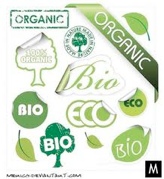
I nuovi loghi di fantasia
Capisco che sul pianeta terra vi siano non meno di 100mila fra grafici, art director, cre
vono arrivare a fine mese: sinceramente potremmo coinvolgerli in progetti più utili. Mi riferisco allo tsunami di piedoni, alcuni fra l’altro con evidenti segni di piedi piatti, rubinetti che gocciolano, alberelli e foglie svolazzanti rigorosamente blu o verdi, o tutti e due. Questo è il campo del puro arbitrio, dell’assenza di sostanza, di un muro informativo invalicabile, senza contare i marchi equivoci riferiti alle presunte proprietà sostenibili del prodotto, non dell’imballaggio, che tuttavia per osmosi ammantano di ecologia tutto il prodotto, confezione compresa; o quantomeno insinuano il dubbio ‘ma se è eco il prodotto, perché l’imballaggio no?’
Consigli operativi
Per cercare, dal disordine e dalla confusio-ne della realtà, di trarre qualche indicazione utile e operativa, ritengo intelligente, facilmente comprensibile ed intuitiva la classificazione CONAI che permette di identificare le tipologie di risparmi che l’imballaggio consente nei confronti dell’ambiente, anche se il consumatore non saprebbe come valutare esattamente il vero impatto ambientale e soprattutto non sarebbe in grado di raffrontarlo con le altre tipologie d’imballaggio. For-se si potrebbe fare un ulteriore passo (non un piedone però, per carità) utilizzando uno schema di comunicazione condiviso, semplice, riconoscibile: quello dell’etichetta energetica usata per classificare gli elettrodomestici. È a prova di cretino, immediata, chiara, supportata da un unico standard. Direi che con un po’ di buona volontà ce la potremmo fare anche noi nell’imballaggio. Perché gli enti preposti (CONAI in primis, ma non solo) non hanno mai pensato di prendere l’iniziativa al riguardo?
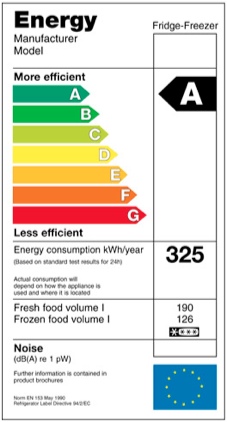
[ add comment ] ( 346 views ) | permalink |




 ( 2.9 / 2638 )
( 2.9 / 2638 )10 essential questions for developing the first product (10 domande per sviluppare il primo prodotto)
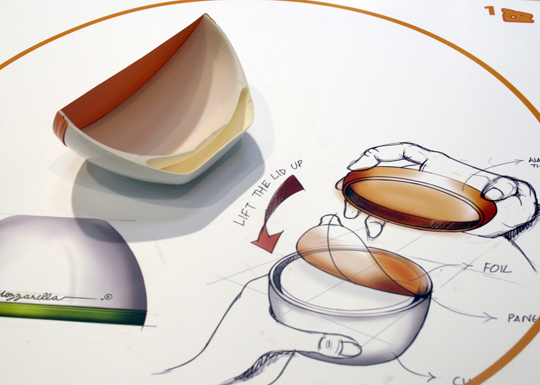
Developing your first product can be daunting, the costs, pressure and lack of knowledge in the area is a sure put off.
One thing to consider before starting any design project is “Does this product already exist?” and ”Is there a need for it?”
But it’s not as hard as you may think; if you have an innovative idea and the capital to back it then the following points are essential to know before you begin.
1. Who will buy your product?
You must make sure that there is a market for your new product, and that it is not ‘a solution looking for a problem’. To do this, protect your idea (see 5) and then discuss it with your personal contacts and people involved in the industry that your product is relevant to.
2. How many potential customers are there?
First, you need to find out the total size of the market that might buy your product (cyclists, plumbers, whatever). Then, you need to estimate the percentage of that market that might be interested in your product. Finding out the number of sales for similar products can help make the figures more realistic.
3. Who will you be competing with?
All products have competitors. Thoroughly examine yours, both the obvious ones and those that provide a similar solution to the problem that you are trying to address. When you have done that, work out the strengths and weaknesses of your new product compared to the competition and look for the areas of competitive advantage. This will lead on to asking…
4. What will make your product the best choice?
You will need to identify clear benefits or qualities that differentiate your product from the competition. Examples of positive differentiators are better appearance, higher quality, ease of use, durability and environmental benefits. Avoid using low cost as the only means of differentiation – it just makes your business look cheap. Go on Wikipedia and search for ‘product differentiation’ for more information on this topic.
5. Can your product idea be protected?
Making sure your idea is protected is essential if it requires it. During your initial discussions, you can prepare a Non-Disclosure Agreement (NDA) that binds the signatories to keep your ideas secret. You can then explore patents and design registration. Be aware that good patent advice and searches can cost several thousand pounds.
Another option available are Provisional Patents, a great tool for the small budget inventor as they allow basically 12 months as a tester period. Just make sure to maximize the use of those 12 months as you will need to decide to either file a full patent or go unprotected after that.
6. Which standards will your product need to meet?
All products sold in the EU need to be CE marked, and some must comply with stringent safety, environmental and performance criteria. Some of these involve detailed testing routines that have to be carried out on prototype parts by specialists. The British Standards website is a good starting point to see which standards will apply to your product.
7. How will your product be manufactured and sold?
Will you make the product yourself or will you sub-contract production to someone in the UK or Asia? How much are you prepared to investing tooling and production set-up? Will you sell the product direct to the public, sell through retail outlets, or sell the idea to another company? These issues need to be considered at the outset, as they will have a significant impact on commercial success.
8. How much will all this cost?
In addition to patent advice (see 5), the design and development of a product, including the data needed for manufacture, can cost anywhere from several thousand to many tens of thousands of pounds. Prototyping and testing to meet standards, etc., can also cost several thousand pounds. Production tooling for a simple one piece moulding may be a couple of thousand pounds, whilst a large complex product may cost hundreds of thousands to tool up for. Promotion and marketing also requires significant investment if it is to be effective. The important thing to recognise is that very few products can be developed, produced and launched for less than a six figure sum.
9. How will you pay for it?
If your funds are limited, it is essential to phase the work so that your risks are minimised. The first phase will be protecting your intellectual property. The second phase will be developing a ‘proof of concept’ model that you can use to demonstrate your basic idea. You should be prepared to spend several thousand pounds to achieve this. With this model and a good plan (see below) you will then be able to approach investors to gain funding for full commercial development.
10. Do you have a plan?
All the issues above – and other essentials like how you will survive financially while you are working on your idea – need to be written up in to a detailed business plan. This will make your business idea more credible to investors, but will also enable you to minimise your risks.
Example of a possible new development:

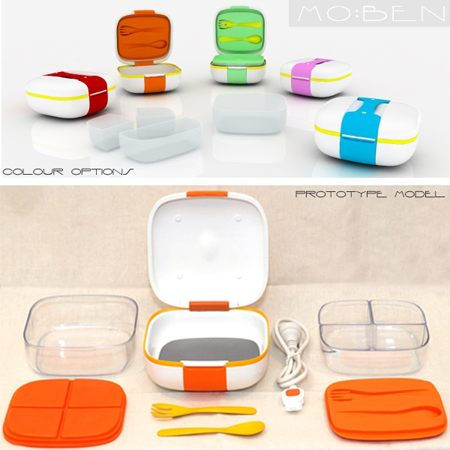
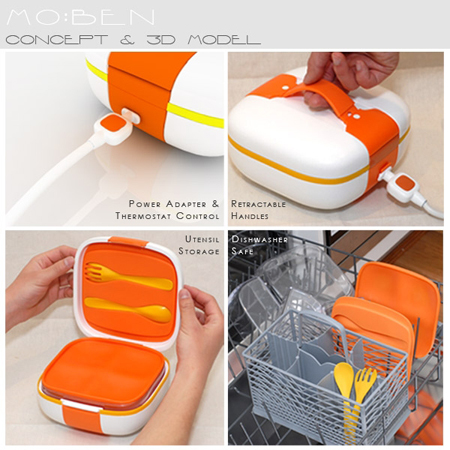
[ add comment ] ( 69 views ) | permalink |




 ( 3.1 / 2624 )
( 3.1 / 2624 )Posted on www.greenerpackage.com
With the fundamentals of sustainable packaging in mind, following are some areas to consider when implementing changes to your packaging for improved environmental impact.
For nearly a decade, the biggest buzz in packaging has been the move toward sustainability, or “green” packaging. Driven by retailer requirements, public perception, economic pressures (petroleum, in particular), and government policies, sustainability impacts every aspect of a package—from the source of its raw materials to its end of life—and as such has proven to be an incredibly complex issue.
But over the years of debate and discovery, we have learned some core truths about the topic. First, there is no such thing today as a completely sustainable package. Instead, sustainability is a journey. The goal is to make incremental improvements over time in the sustainability of a package to reduce its overall environmental impact.
Second, in sustainability terms, packaging materials—including glass, plastic, paper, and aluminum—cannot be classified as good or bad. Each has its advantages and shortcomings, depending upon the product application and the goals and mission of the packager. Trade-offs are an inherent part of pursuing sustainability.
And last, packaging must be put into perspective by understanding its role in the full product supply chain. Packaging typically makes up less than 10% of the carbon footprint of a product; raw material production and consumer use often comprise the largest proportion. While packaging’s footprint may be small, its importance cannot be understated. If the package fails in its primary functions—protecting the product through the supply chain, enticing consumers to purchase, and facilitating consumption—all the energy consumed in manufacturing the product is lost when the product is wasted.
TEN TIPS FOR SUSTAINABLE PACKAGING DESIGN
With these fundamentals in mind, following are some areas to consider when implementing changes to your packaging for improved sustainability:
1. Take a life-cycle approach to package design
Advice : Sustainability metrics and standards are still evolving, so pick a program, and stick with it. Using different tools to measure the same package may yield slightly different results. The key is to be consistent and make sure you are moving in the right direction in the core environmental areas that are of greatest concern to your company.

2. Evaluate each component of your package.
Ask yourself, "Can changes be made to use less material without compromising product integrity?"
Suppliers are continually innovating with containers, caps, labels, and other components that improve the package-to-product ratio, resulting in a smaller footprint, and oftentimes in a smaller price tag, as well.
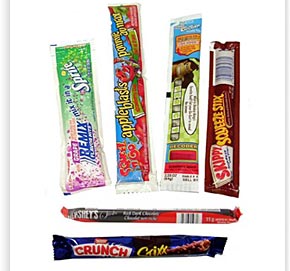
3. Consider new alternatives for distribution packaging.
New machinery and material technologies are enabling packagers to use fewer materials to create multipacks, bundles, and pallets, as well as create shelf-ready packaging that minimizes waste at the retailer level.
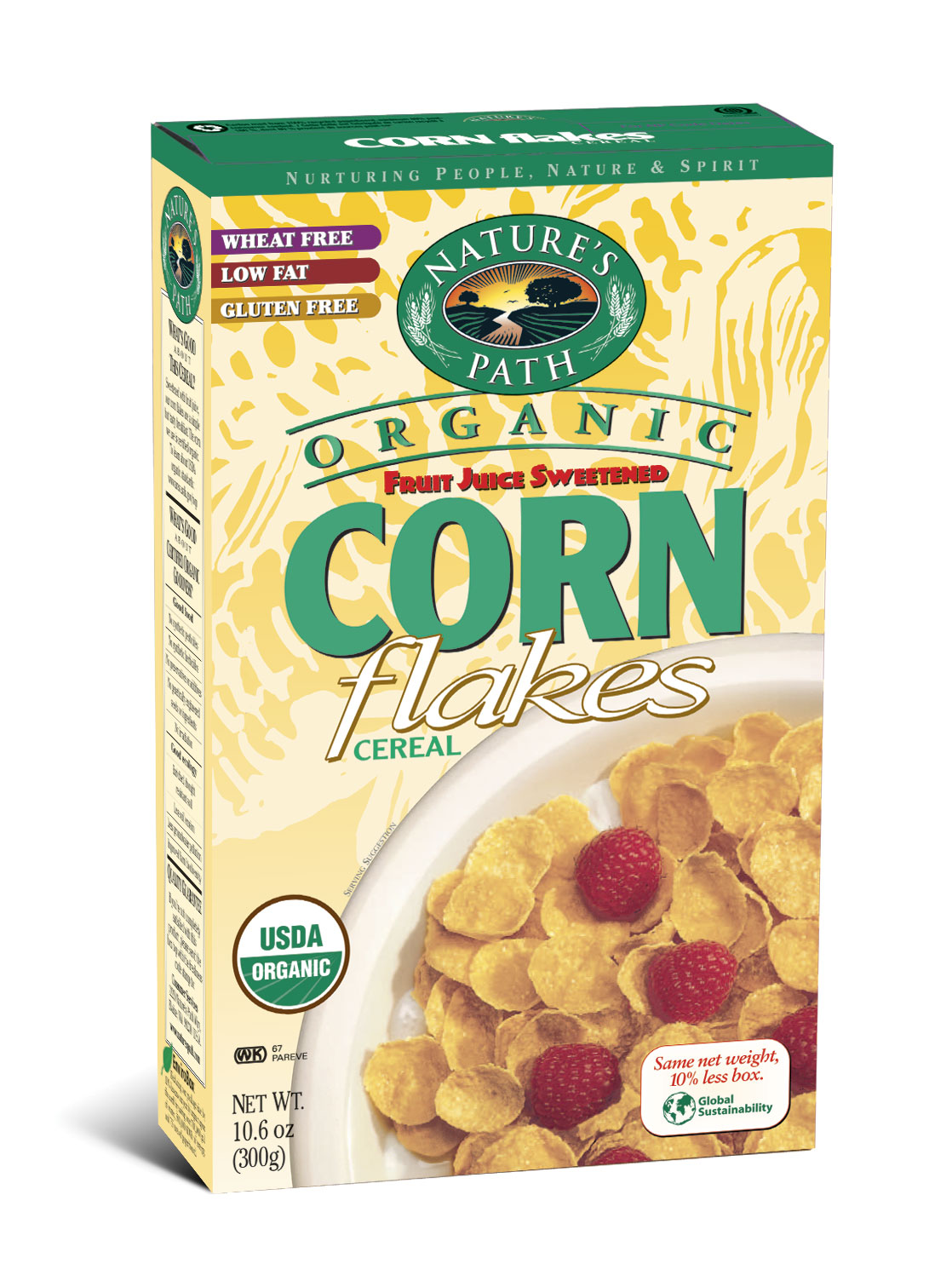
4. Look for opportunities to make your packaging reusable—where it makes sense.
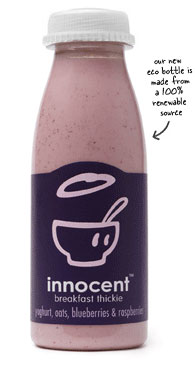
5. Consider changes in your product.
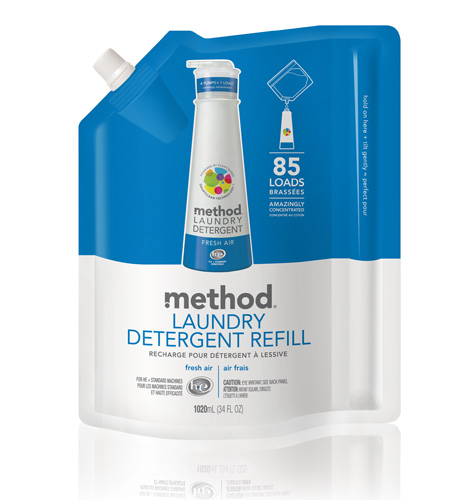
6. Whenever possible, design for recyclability.
One of the most effective ways to preserve the energy expended in manufacturing packaging materials is through recycling. While many materials, such as paper and PET, may be widely recycled, oftentimes coatings, labels, and other elements added to enhance package functionality or aesthetics may render them unfit for the recycling stream. But new options are emerging.
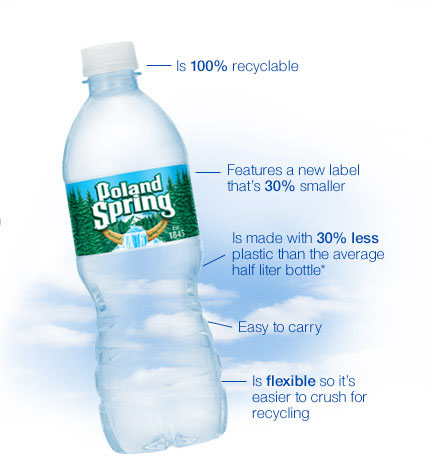
7. Employ packaging strategies that encourage product consumption.
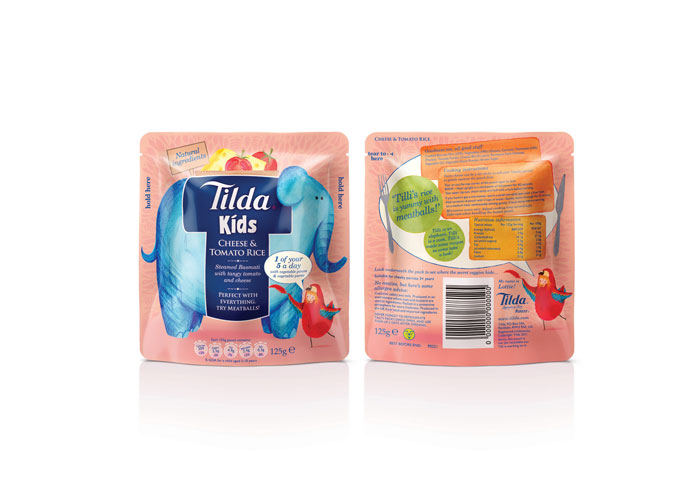
8. Know where your packaging materials come from.
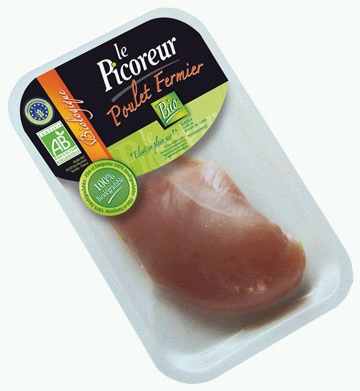
9. Evaluate your distribution system for space-saving opportunities.
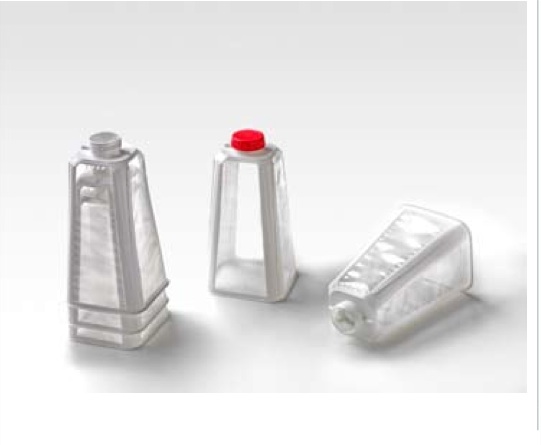
10. Consider materials made from renewable feedstock.
Packaging based on renewable feedstocks—from bioplastics made of corn or sugarcane, to protective packaging constructed of mushroom roots—is a rapidly growing area. But there are many questions still to be answered regarding the viability of some of these technologies and their relative sustainability versus traditional materials.
Above all, be very wary of additives and other technologies that promise to make packaging “just disappear.” While it is a very alluring idea, many scientific experts debate the environmental safety of such technologies.

Are you agreed?
[ add comment ] ( 47 views ) | permalink |




 ( 3 / 2493 )
( 3 / 2493 )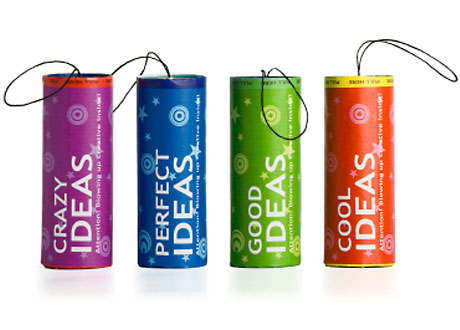
How to Begin the Process of Open Innovation
by John Kapeleris
Open innovation is the process by which organizations use both internal and external knowledge to drive and accelerate their internal innovation strategy in order to fulfil existing market needs or to access new market opportunities.
The concept of open innovation implies that an organization has the willingness and desire to source and utilize external knowledge, ideas, intellectual assets and technologies, in addition to its internal capabilities, to identify solutions to problems, capitalize on opportunities, develop new technologies, create new products and services, improve processes, or design new organizational systems and business models. However, in practice it is still difficult for organisations to understand how to embark on an open innovation journey and begin implementing the concepts of open innovation. It takes significant cultural change for an organization to embrace open innovation thinking.
A simple approach for organizations to begin to implement an open innovation strategy is to focus on their key challenges or problems facing the organization. A key question could be, “How can the organisation solve a significant complex problem utilizing external expertise or knowledge (that is, assuming internal attempts to solve the complex problem were not successful)”? One way of answering this question is to use a crowdsourcing approach.
Crowdsourcing refers to the outsourcing of tasks and activities, traditionally performed internally by an employee or an external contractor, to a large group of people (a crowd), through an open innovation approach or an open call.
In their book Wikinomics Don Tapscott and Anthony Williams discuss how mass collaboration can impact big changes in business. They also present a number of case studies of successful outsourcing and collaboration, including Goldcorp and Proctor & Gamble.
In the case of Goldcorp, a Canadian gold mining company, after internal reports and advice from technical staff indicated that the gold mine had run out of gold, the CEO placed all the geological studies, surveys and reports related to the gold mine into the public domain via the Internet and offered a sum of money to whoever could come up with new information or leads for new gold deposits. The CEO’s strategy was successful. New computer modelling technology located in another small organization was able to predict the location of new gold deposits using the existing geological survey data.
By utilizing an open call to an undefined group of people (generally through the Internet), the call brings together people who are in the best position to be able to solve complex problems, provide new ideas and develop new opportunities.
Crowdsourcing has a number of advantages, however, it can also result in intellectual property (IP) issues, including ownership issues and confidentiality of IP. An appropriate governance process is required to ensure the disadvantages of crowdsourcing are minimized. Some of the advantages of using a crowdsourcing approach can include:
* Reducing transaction costs of organisations
* Finding new business opportunities
* Building appropriate teams by finding the right external people
* Re-using previous work
* Building user defined products and services
* Solving difficult and complex problems
A number of online sites are available that specialise in bringing together different parties or groups to work on a particular project or solve a specific problem. Alternatively an organisation can also ask a question through one of its online networks such as Facebook or LinkedIn. A selection of crowdsourcing sites of interest are outlined below:
* Chaordix ( http://www.chaordix.com/ ) – Business innovation – Engaging crowds through the web to solve your business problem
* Ninesigma ( http://www.ninesigma.com/) is the most experienced and advanced Open Innovation service provider in the world.
* Innocentive ( http://www.innocentive.com/ ) – Problem solving – Brings together seekers who have a problem together with solvers from around the world who may be able to help
* Ideaconnection ( http://www.ideaconnection.com/ ) provides businesses with innovative, high quality, and timely solutions to their business and R&D challenges using teams of highly motivated experts located throughout the world led by world-class facilitators.
* Innovationexchange ( http://www.innovationexchange.com/ ) is an online open innovation marketplace. It's where diverse community members from all over the world respond to challenges sponsored by Global 5000 companies and not-for-profit organizations.
* Brightidea ( http://www.brightidea.com/ ) is a one-of-a-kind 'Facebook-style' software platform that allows Global 2000 businesses to monitor the social process of innovation, from concept to cash.
* Spigit ( http://www.spigit.com/ ) is an innovation tools vendor which provides a platform that can be used to create open communities to capture, evaluate, contribute to, and select ideas for implementation.
* Global Idea Bank ( http://www.globalideasbank.org/site/home/ ) – Social innovation – A site which collects social inventions that can change the world, which are rated by online voters.
Crowdsourcing as a strategy for open innovation has huge potential, including the ability to provide organizations with an open innovation access to a wider variety of expertise, resources and technology.
Open innovation has the ability to identify solutions to complex problems, capitalize on opportunities and develop new technologies which would not have been possible if the organization had merely looked internally for ideas.
Using external knowledge also brings with it the potential to create new products and services, improve processes, or design new organizational systems and business models that simply would not have transpired if the organisation had not looked externally for solutions.
[ add comment ] ( 57 views ) | permalink |




 ( 3 / 811 )
( 3 / 811 )

 Calendar
Calendar